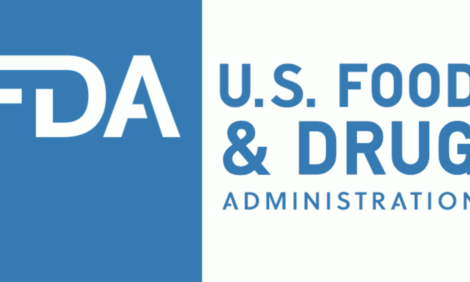



New flock-management trends call for new E. coli-management strategies, vets say
Two poultry veterinarians say that prevention of Escherichia coli infection is key as management trends toward free-range housing and reduced antibiotic use.E. coli is a bacterium that typically causes infection — known as colibacillosis — in poultry through exposure to contaminated water, feces and dust. Commonly associated with respiratory disease, E. coli is linked to a variety of pathologies, including cellulitis, colisepticemia, airsacculitis, pericarditis, perihepatitis, synovitis and peritonitis.1
Colibacillosis can take a significant economic toll. In layers, it causes increased morbidity and mortality, especially as they reach peak production, or after physical or infectious challenges.2 In broilers, E. coli infection has been linked to inconsistent bird size and weights at processing, as well as increased condemnations due to cellulitis and airsacculitis.3
Free-range risks
In conventional layer- and broiler-production systems, E. coli-management strategies have leaned primarily on biosecurity, sanitation and antibiotic treatments as needed. But Lloyd Weber, DVM — a poultry veterinarian and consultant near Guelph, Ontario — says the rise of free-range aviary and floor systems has made it more difficult to control environmental risk factors.
“The higher dust levels are becoming more of a problem,” Weber says. Contamination of the water in the saucers under the nipple drinkers is another issue, he notes.
The inherent environmental challenges of cage-free production have made prevention even more critical, Weber says. Furthermore, increasing pressure to eliminate, or at least reduce, antibiotic use has made E. coli more difficult to manage.
To combat E. coli in high-risk flocks, Weber has been using a live-E. coli vaccine in free-roaming and organic layer systems that have had problems with E. coli infection, but he has also found it effective in cage systems.
He typically administers the vaccine in the hatchery, paired with a vaccine for infectious bronchitis. However, he has also occasionally administered the vaccine in drinking water later in the pullets’ lives to reduce E. coli shedding as they move into the lay house. He has seen no side effects.
Good buy-in
In Weber’s experience, vaccination is particularly important for controlling E. coli peritonitis in 24- to 35-week-old layers whose immune system may be challenged as they come into high production.
He has also been using the vaccine on broiler farms where cellulitis condemnations have been an issue. “We don’t realize the number of birds that get condemned due to subcutaneous cellulitis or E. coli infection,” he says.
According to Weber, any decision to use a vaccine is based on three key factors: safety, efficacy and cost. So far, he’s getting good buy-in from producers: “They feel there is a good cost-benefit,” he says.
“Vaccination may also offer alternatives for health protection as antibiotics are used less or become less effective,” he adds.
Prevention crucial
Mike Petrik, DVM, director of technical services at McKinley Hatchery in St. Mary’s, Ontario, agrees that preventing E. coli infection is vital as the industry continues to move toward free-range aviary housing and away from antibiotics.
“With the poor availability of antibiotics for laying hens and the increased infection pressure from these new [housing] systems, prevention becomes a more crucial part of health programs,” he says.
According to Petrik, the hatchery started using the live-E. coli vaccine when it became available about 5 years ago, originally to address high-mortality issues in problem flocks. Petrik has observed a reduction in mortality in vaccinated birds in both free-roaming systems and furnished cages.
Now, the hatchery administers the E. coli vaccine by spraying it along with a live vaccine for Newcastle disease and infectious bronchitis at 5 and 10 weeks of age. Petrik echoes Weber’s suggestion that there may be a value in reapplying the E. coli vaccine later in the pullets’ lives. He also reports no side effects.
[1] PoultryHub. Colibacillosis. Located at http://www.poultryhub.org/health/disease/types-of-disease/colibacillosis/. Accessed on July 18, 2017.
[2] Hy-Line Colibacillosis in Layers: An Overview. http://www.thepoultrysite.com/articles/3378/colibacillosis-in-layers-an-overview/
[3] Poultry World. Colibacillosis. Located at http://www.poultryworld.net/Health/health_tool/Colibacillosis-coli-granuloma-mushy-chick-disease-cellulitis/. Accessed on July 18, 2017.









